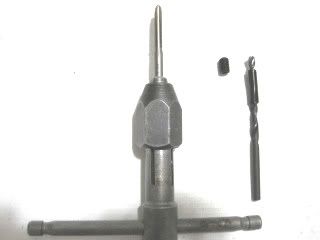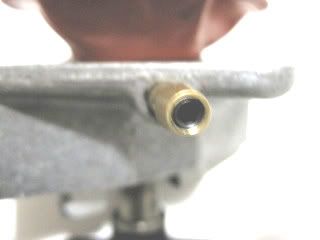D
Danbot
Well-known member
I had the chance to do some testing with this yesterday, here's my findings:
06 900 rmk, 4000 - 6000', stock VES springs
My engine revs up quicker with the valves plugged for sure, I tried it in several situations back to back, and no matter where I was or what I was doing the RPM's built up noticeably quicker with the hoses plugged ( stud between the 2 hoses ) Additionally, when using 1/2 throttle and below, judging by the exhaust note, the valves seem to be fully capable of being truly variable.
I will be leaving my hoses plugged, and I see no reason to try any different springs. The valves work awesome now!
I have had time to swap from plugged hoses and solenoid control in many different situations and elevations from 3000 - 8000 feet all still on my stock springs. My feeling about this is still the same... the sled just seems to run crisper and build up from low to high rpm faster with the hoses plugged.
Rolling into the throttle on a packed trail it is noticeable that they open sooner, and judging by exhaust note they really seem to be at partial opening at times.
 cheers
cheers









 I think we can all agree it is only there as a means for Polaris to meet EPA regulations.
I think we can all agree it is only there as a means for Polaris to meet EPA regulations. 
